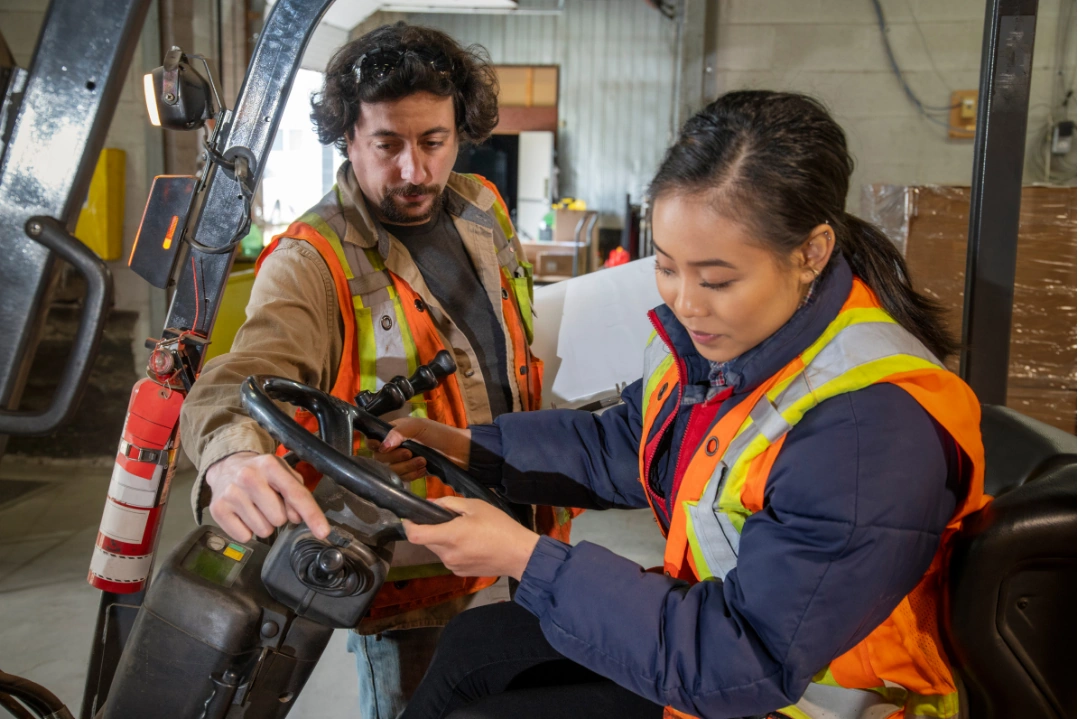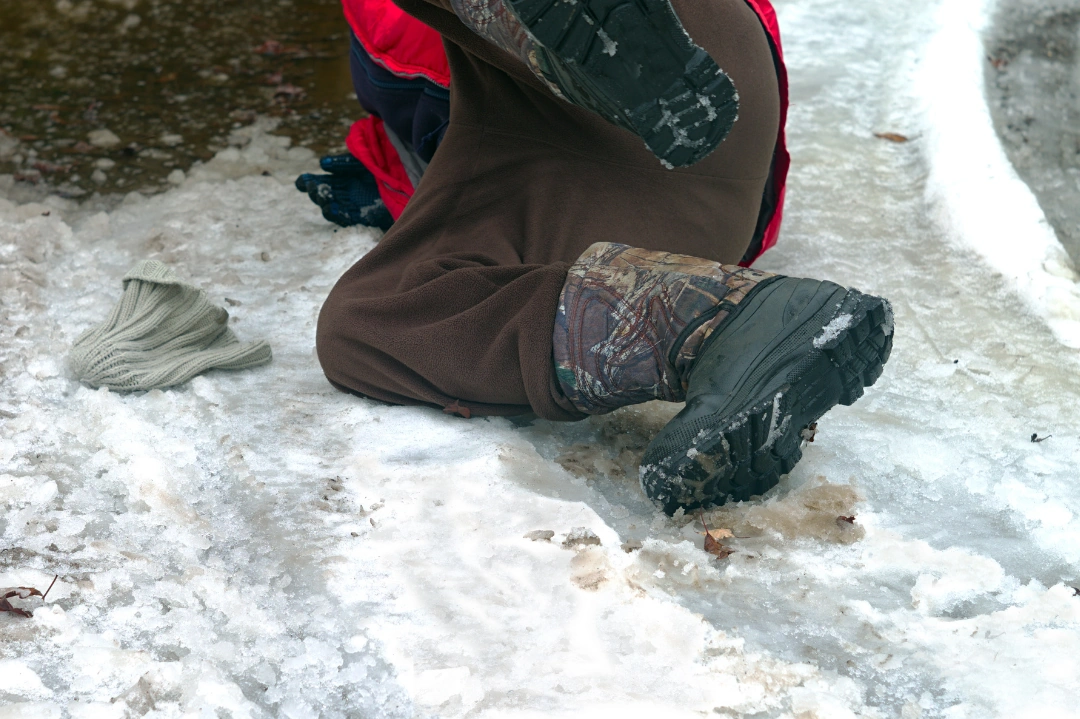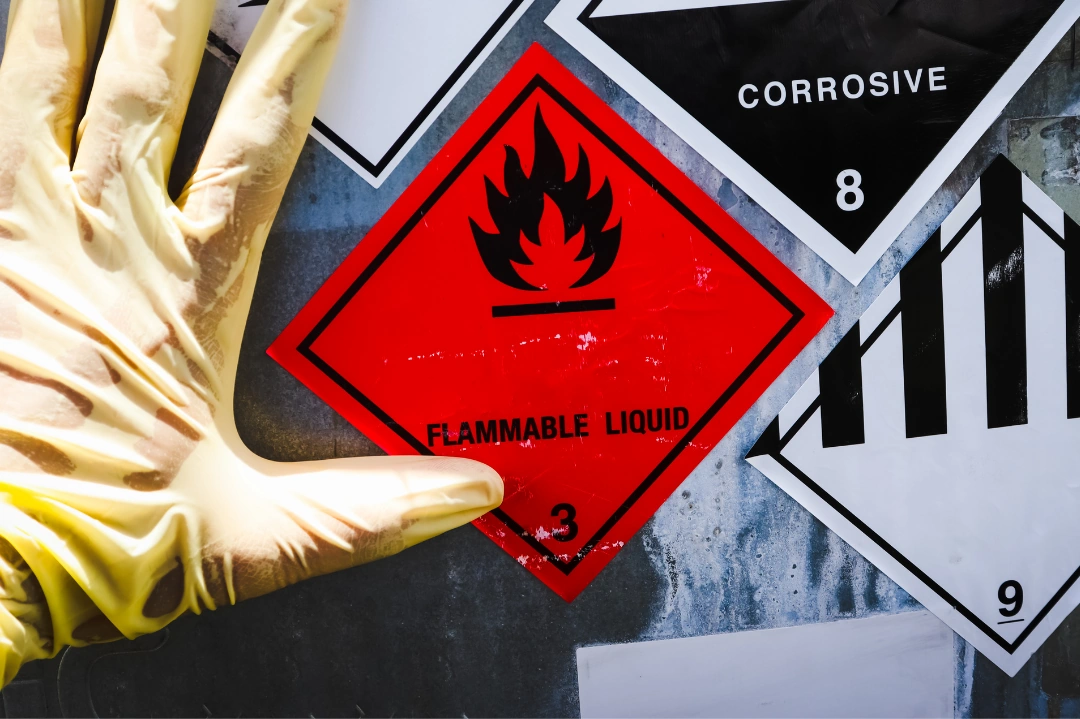
Top 5 Safety Topics For The Workplace
Employers face a major challenge in keeping lone workers safe. These workers are often in remote and isolated settings. Because of this, they need tailored safety protocols to address their specific risks. Discover how employers managing lone workers can understand compliance requirements and hazard management to keep their workplace safe. Here are five safety topics that will help protect lone workers and keep the business adhering to all safety standards.
Why Workplace Safety For Lone Workers Is Crucial
Lone workers face unique safety challenges because they work in isolated environments. Without direct supervision, they must handle their emergencies, making strong safety protocols incredibly crucial. Employers need to address the physical risks along with the mental and emotional strains of working alone.
To protect lone workers, safety measures should be tailored to their specific work conditions. This includes establishing reliable communication systems, creating detailed emergency response plans, and providing regular safety training. Employers can help keep their lone workers safe and make sure their operations comply with safety regulations by focusing on these areas.
Key Safety Topics For Workplace Compliance
Employers of lone workers know that workplace safety compliance is more than just a legal requirement. It's necessary for protecting employees from potential hazards. Compliance means following safety regulations set by government bodies and industry groups to create a safer work environment, especially for those working alone.
A major part of compliance is conducting regular risk assessments. These evaluations pinpoint hazards specific to lone workers and assess how well current safety measures are working. Employers must make sure their lone workers have the right personal protective equipment (PPE) and know how to use it properly. This is necessary for protection against risks like exposure to harmful substances or operating dangerous machinery.
Lone workers must stay connected to remain safe. Effective communication systems, such as two-way radios or mobile apps, must be reliable and available so workers can report incidents and stay in touch with their supervisors.
Employers must also have a solid emergency preparedness and response plan. These plans should address different scenarios, including medical emergencies and natural disasters. Regular training and drills will keep lone workers ready to handle emergencies effectively.
By focusing on these safety topics, employers can improve the safety of lone workers and meet compliance standards. This approach minimizes the risk of accidents and promotes a culture of safety and accountability within the organization.
Risk Assessment And Management
Employers need to start by identifying specific risks tied to the tasks and environments of their lone workers. This could range from dealing with harsh weather conditions to handling heavy machinery. A thorough evaluation helps determine the severity and likelihood of these risks.
Once identified, the focus shifts to mitigating these risks. Employers should develop a risk management plan that includes strategies to minimize exposure. This might involve changing work processes or upgrading equipment to safer alternatives. When eliminating risks isn't possible, administrative controls like adjusting work schedules or enhancing training are crucial.
They must also regularly review and update risk management strategies as work conditions can change. Employers should actively seek feedback from lone workers because their experiences can highlight new hazards and assess the effectiveness of current safety measures.
Employers can significantly improve the safety of lone workers and ensure they comply with safety standards by taking a proactive approach to risk management. This helps prevent accidents and promotes a culture of safety and vigilance within the organization.
Emergency Preparedness And Response
Lone workers need a solid emergency plan. Without immediate support, they must take clear steps to handle crises such as medical emergencies, accidents, or natural disasters. Employers should make sure these plans are straightforward and easy to follow, so workers know exactly what to do when trouble strikes.
Employers should equip lone workers with reliable communication tools, including emergency buttons or GPS-enabled devices, to quickly alert supervisors or emergency contacts. That way, help will arrive as soon as possible.
Employers must also host regular training and emergency drills to help workers become familiar with emergency procedures and build confidence in their ability to act under pressure. Training should be tailored to the specific risks of the worker's environment and job role.
Employers protect their lone workers and create a safer and more resilient workplace by prioritizing emergency preparedness. This proactive approach minimizes the impact of emergencies and instills a sense of security among employees.
Communication Systems And Protocols
Lone workers need to be able to stay connected at all times. In remote settings, quick communication with supervisors or emergency contacts can prevent minor issues from escalating. Employers should choose communication tools that fit their workers' needs, including two-way radios, mobile apps, or satellite phones. These devices must be user-friendly and always accessible, allowing workers to reach out quickly. Regular check-ins can also help monitor workers' safety throughout their shifts.
Incorporating real-time tracking, such as GPS-enabled devices, can further improve safety by providing supervisors with workers' locations. Employers can confidently say that help is always within reach for their lone workers by prioritizing effective communication.
Personal Protective Equipment (PPE)
PPE is a necessary component of lone worker safety across many industries. From hard hats to chemical-resistant suits, the right gear depends on the job's hazards. Employers must assess these risks and supply high-quality PPE that meets industry standards. Employers can make sure their PPE is effective by performing regular maintenance and inspections. Workers should be trained on the proper use and care to maximize protection and comply with safety standards.
Training And Education
Ongoing training keeps the work environment safe for lone workers. Sessions should cover hazard recognition, emergency procedures, and PPE use. Training should be tailored to the specific challenges lone workers face to be effective. Interactive methods, like hands-on drills, also improve learning and retention. Employers should seek feedback to refine training programs and address any concerns.
Addressing Common Hazards For Lone Workers
Lone workers face many hazards, and identifying and mitigating these risks is the best way to keep them safe.
Environmental Hazards
Extreme weather, remote locations, and tough terrain pose significant risks. Employers should provide weather-appropriate gear and plan routes to avoid dangerous areas. Regular weather updates and clear navigation protocols prepare workers for environmental challenges.
Equipment And Machinery Safety
Lone workers must safely operate their equipment to avoid injury. Employers should provide training in equipment use and maintenance for all employees and provide guidelines for emergency procedures to reduce accident risks. They should also perform regular checks to prevent equipment malfunctions.
Psychological And Social Hazards
Isolation and stress are common for lone workers, and these factors can affect mental health and performance. Employers should promote mental well-being through open communication and support resources. Regular check-ins and virtual meetings can reduce feelings of isolation and foster a supportive work environment.
Conclusion
Employers are responsible for keeping their lone workers safe and for adhering to safety standards. Employers can create a safer workplace by addressing risk assessment, emergency preparedness, communication, PPE, and training. Comprehensive safety measures prevent accidents and build a culture of safety and accountability. Employers should continually evaluate and improve safety protocols to make sure their lone workers are protected and confident in handling challenges.
Read More From the Lone Worker Blog
The Dangers Of Black Ice In The Workplace

Black ice is a hidden workplace hazard that can catch even the most vigilant lone workers off guard. This invisible layer of ice forms on roads and walkways, making it a significant risk during the winter months.
Read MoreHow To Assess Safety Hazard Risks

Employers of lone workers face the unique challenge of ensuring safety in isolated conditions. Assessing safety hazards is more than just a legal requirement. It’s a significant step toward creating a secure and efficient workplace.
Read More


